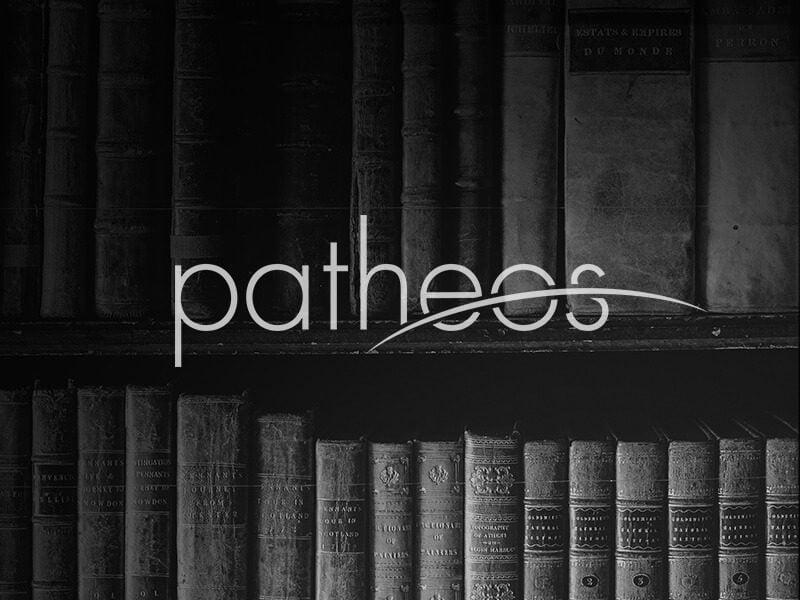Paul expresses amazement that the Galatians could return to the “weak and poor elements” after being liberated by Christ (Galatians 4:9). But were the elements always so weak and beggarly? It seems not. They were powerful enough to enslave (4:3). To be sure, they enslaved children, but that does take some power. Further, Paul describes the former life of the Galatians as a life under ( hupo ) the stoicheia , an expression that parallels Paul’s talk of enslavement under... Read more
















